Content By Microsoft Dev blogs
Users demand responsiveness, the latest features, and zero downtime from their applications. Furthermore, businesses are rapidly adopting the cloud’s power to meet user demand and increase the scalability and availability of applications. However, to fully optimise the way applications aware built, but also change development practices in the organisation to adopt this cloud-native architectural style.
Moreover, the .NET team at Microsoft put together a collection of free cloud-native learning resources to help you speed up your cloud-native application development journey. So whether modernising your application or creating something new, we have guidance to assist your decision-making. Furthermore, these cloud-native learning resources are up-to-date and include the latest and greatest cloud-ready features in the .NET platform.
Getting Started On Cloud-Native .NET Apps
Furthermore, if you are a beginner, start building a simple microservice endpoint using ASP.NET Web API and Docker, and deploy them to Azure Kubernetes Services(AKS).
- .NET Tutorial – Hello World Microservice covers step-by-step instructions for installing .NET and building your first microservice using Docker.
- .NET Tutorial – Deploy a microservice to Azure covers step-by-step instructions for deploying a .NET microservice to Azure Kubernetes Service (AKS).
- .NET and Docker 101 Videos will help you get started on .NET, Docker and the tooling support in Visual Studio.
Hands-on Microsoft Learn Modules
Microsoft has a free online training platform called Microsoft Learn. Additionally, you can learn more skills with fun, guided, hands-on, interactive content specific to your roles & goals. We have built a series of modules to help you learn to build .NET microservices and cloud-native technologies like Docker, Container Registry, Kubernetes, Helm, and so much more. Furthermore, a browser is the only set-up you need on your computer to execute this model. All the magic is done behind the scenes using the Azure CLI, so you can focus on learning and leave the infrastructure headaches to the scripts.
Try them now! https://aka.ms/aspnet-microservices
Free Architecture E-Books
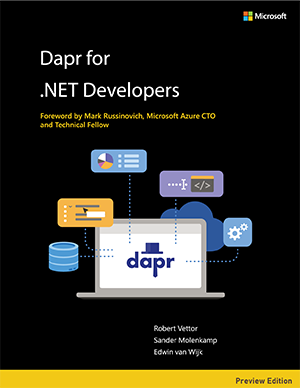
Dapr for .NET Developers e-book
Formats: PDF | Read online
Guidance for .NET developers to understand and leverage the full power of Microsoft’s open-source Distributed Application Runtime. Dapr helps you tackle the challenges of building microservices and keeps your code platform agnostic.
.

.NET Microservices e-book
Formats: PDF | Read online
Furthermore, we wrote this guide for developers and solution architects new to Docker-based application development and microservices-based architecture. Technical decision-makers, such as enterprise architects, will also find this guide helpful in selecting the approach for contemporary and modern distributed applications. This book covers patterns such as Domain-Driven Design(DDD), Command Query Responsibility Segregation (CQRS), Database per service, API Composition, etc.
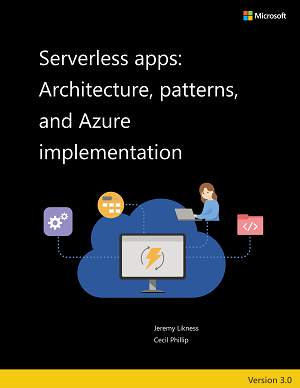
Serverless apps e-book
Formats: PDF | Read online
This guide focuses on the cloud-native development of applications that use serverless. The book highlights the benefits, exposes the potential drawbacks of developing serverless apps, and provides a survey of serverless architectures.
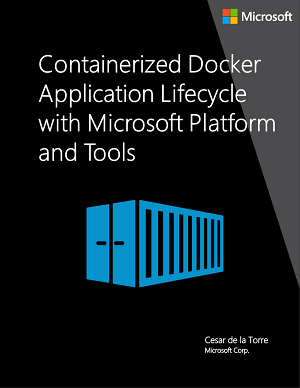
DevOps: Docker app lifecycle e-book
Formats: PDF | Read online
This guide introduces Azure DevOps for implementing CI/CD pipelines and covers Azure Container Registry (ACR) and Azure Kubernetes Services (AKS )for deployment.
Modernising existing .NET applications
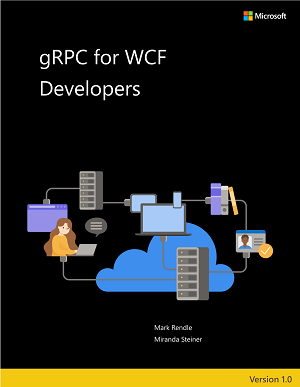
ASP.NET Core gRPC for WCF developers e-book
Formats: PDF | Read online
We wrote this guide for developers working in .NET Framework who have previously used WCF and seek to migrate their applications to a modern RPC environment for .NET 5. Generally, if you are upgrading or considering upgrading to .NET 5 and want to use the built-in gRPC tools, this guide will help.
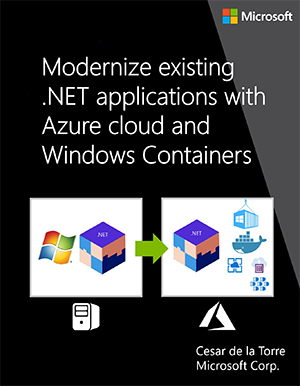
Migrate .NET apps to Azure e-book
Formats: PDF | Read online
This guide focuses primarily on modernising existing Microsoft .NET Framework web or service-oriented applications and moving a workload to a newer or more modern environment without significantly altering the application’s code and basic architecture. It also highlights the benefits of moving your apps to the cloud and partially modernising them using specific technologies and approaches, like Windows Containers and related computing platforms in Azure. Also, check out other Migration resources at Migrate your .NET app to Azure.
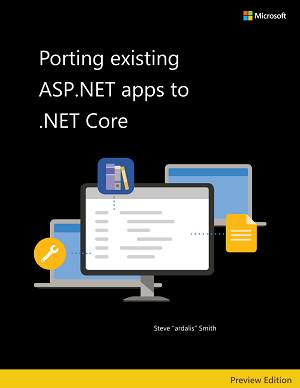
Porting existing ASP.NET Apps to .NET Core e-book
Formats: PDF | Read online
Moreover, this guide provides high-level strategies for migrating existing apps written for ASP.NET MVC and Web API to .NET Core. It also covers the process of migrating large solutions with an example project.

Get articles like
this via email
- Join 2,800 others
- Never miss an insight

